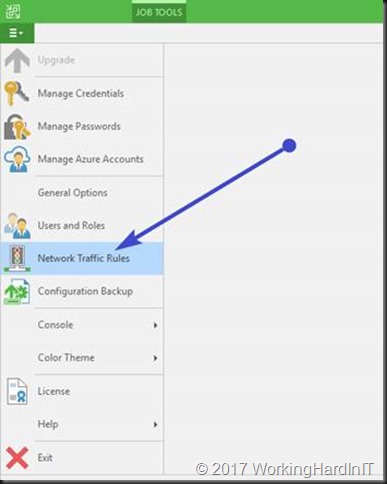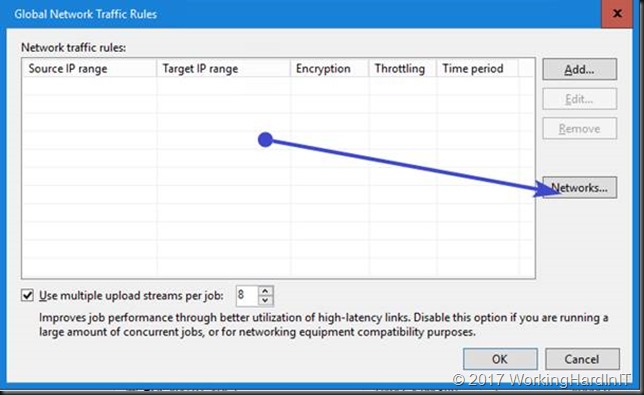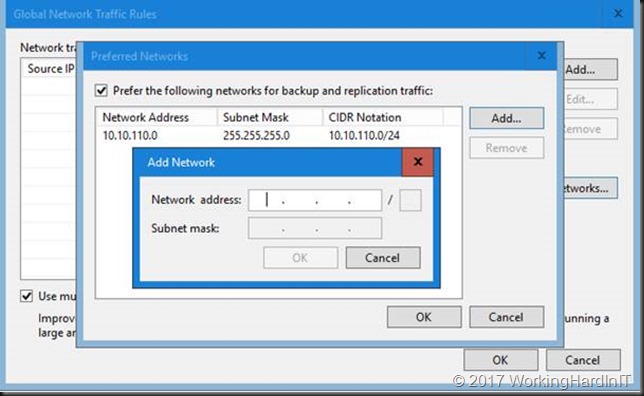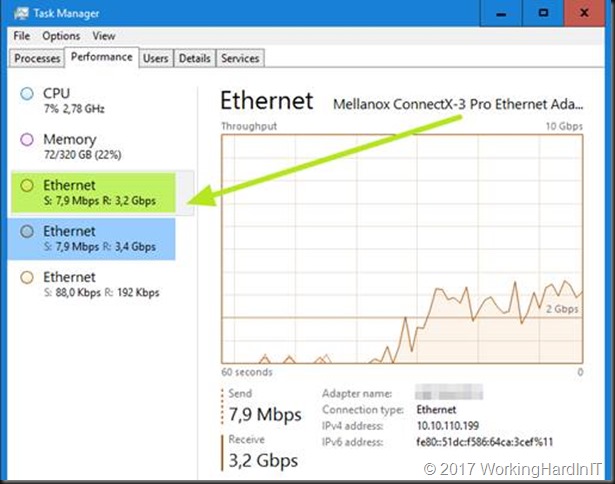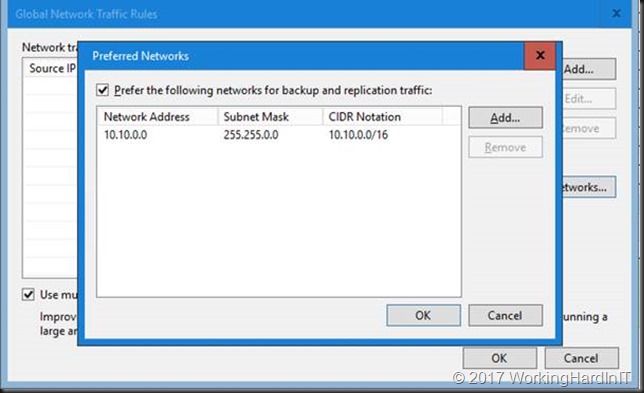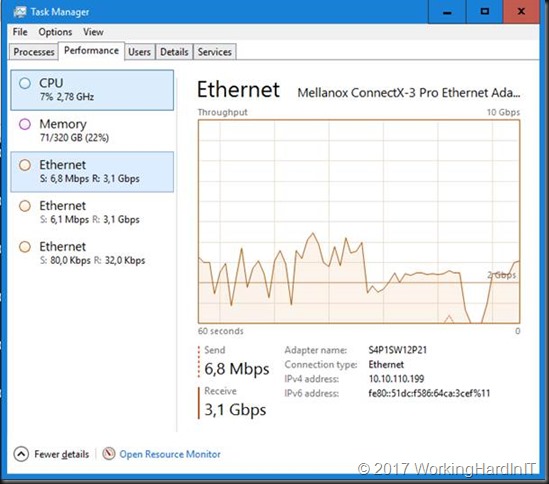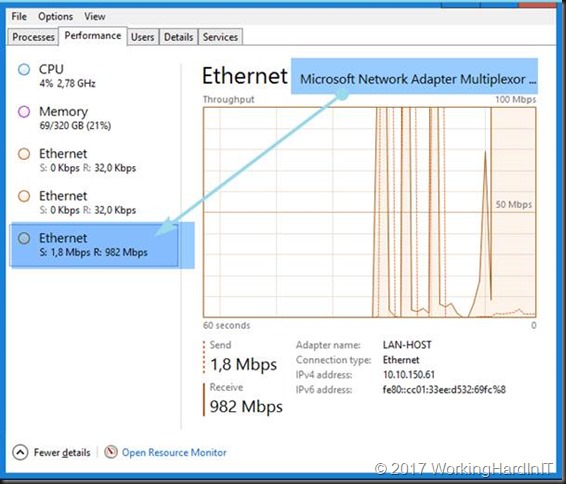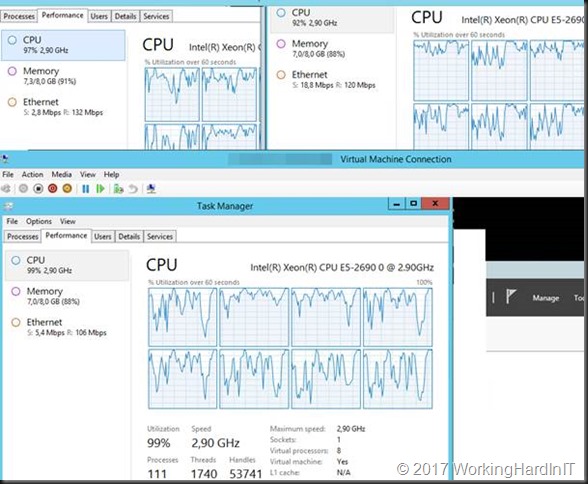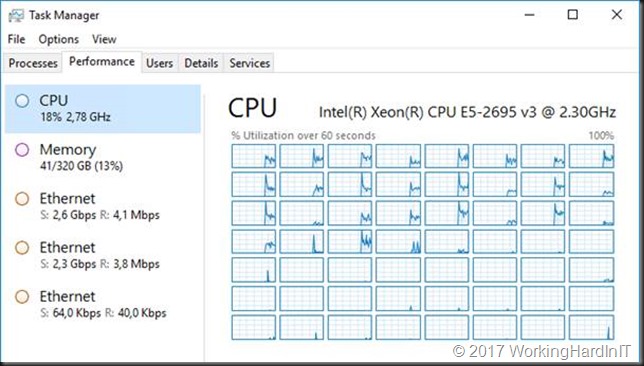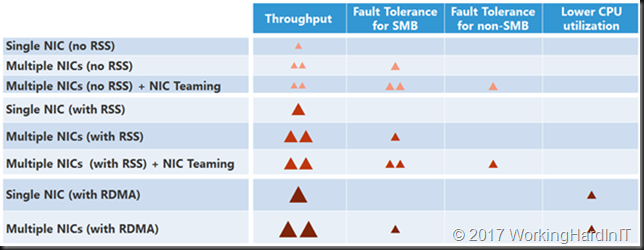Introduction
In ICT, you never stop learning. Changes come and go fast. Navigating through these turbulent times of rapid change, short value cycles in order to provide continuity in both services & value without falling behind or being held back is a challenge we all face every day. If you hire or employ technologists, please take a moment to consider what they pull off for you every day. It helps to be realistic on what to expect from and to achieve with them. For that a solid understanding of the technology ecosystem and good doctrine to achieve your goals are necessary. For that to really happen and for their efforts to pay off we need to make sure politics and bureaucracy are kept under control. Let your people shine and move ahead. Long term planning does not equate a strategy and you might find yourself out paced & maneuvered by the industry and your competitors. That’s a reason why you see technologist move up the ladder and take on the leadership role inside many companies. They tend to be better placed to see the opportunities and what these require. In that respect, it pays off to walk out of your office every now and then in order to prevent tunnel vision and echo chambers. That’s one of the reasons that for me May 2017 will be a travelling month.
May 2017 will be a travelling month
Cloud & Datacenter Conference Germany
First, I’ll be in Munich, Germany, fort he Hyper-V community day and to both attend / speak at the Cloud & Datacenter Conference Germany 2017. That’s a conference for and by the community and the speakers are all highly experienced people who talk the talk and walk the walk.
I you can grab a ticket asap. From the very 1st edition the Cloud & Datacenter Conference Germany has set the standard for what a conference should be like. I’ll be talking about SMB Direct / RDMA on the Hyper-V community day and about Windows Server 2016 Failover Clustering & Hyper-V at the conference. Please feel free to come over an chat.
Dell EMC World 2017
After that I’m off to DELL EMC World 2017 where I’ll be diving into the offerings that exit today and in the near future. As you might have guessed I’m very interested in the DELL Storage Spaces solutions, there take on and use of ReFSv3 and Windows Server 2016. Next to that, I would not be nick named RoCE Balboa if I was not interested in networking. Hardware wise I have my eye on the S-Series S6100-ON as that is one versatile piece of equipment. Man, I imaging having a lab with a 6 of those to test and play around with. No to mention the S2D clusters & backup targets to hammer them with a nice workload. Throw in the Mellanox cards for good measure. I can dream right ? As I’m a realist I’m also very interested in their servers and still, the Compellent offerings, which as far as traditional SANs go is one easy to manage & leverage piece of gear. It goes without saying I’ll be taking a look at what the EMC addition to the portfolio can achieve for us as well as the DELL EMC 3rd party offerings
VeeamOn 2017
After that I continue on to VeeamON 2017 which makes a great addition to the two above. The Windows Server 2016 core stack as the basis for Azure Stack, S2D running on that great DELLEMC hardware. Now have that protected and made continuous available by the Veeam Availability Suite 9.5. That’s how you get an amazing stack of technologies on which to build, support amazingly good services.
At VeeamON 2017 I’ll be joining two big names in the industry Luca Dell’Oca and Carsten Rachfahl to talk about ReFSv3. We’ll be attending sessions and “hanging out” at the MSFT boot as well.
So, no rest for a Microsoft MVP, Microsoft Extended Experts team member, Azure Advisor, a DELL Community Rockstar and a Veeam Vanguard. We’re always reading up, learning, investigating, sharing experiences & insights with our peers and learning from them. Conferences done right are very valuable and a great networking / leaning opportunity. Make the most of them when you can.
My value is your value
These conferences together with our focus on some very innovative and promising public and hybrid cloud technologies in Azure will keep me busy contemplating designs, testing the concepts of solution I have in my mind and delivering very efficient and effective solutions both in functionality as well as in TCO and ROI. That (and caffeine) combined with working with great and smart people is what makes me run. So for that reason alone I do not mind that May 2017 will be a travelling month.





